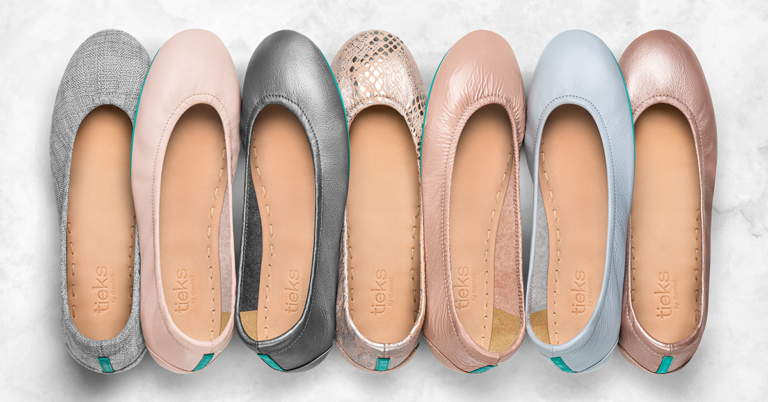For men seeking a flatter, more masculine chest, gynecomastia surgery in Riyadh offers effective solutions. Understanding the types of surgical techniques available—mainly liposuction and excision—can help patients choose the best approach for their specific condition. Both methods target excess breast tissue but differ in procedure, recovery, and results. This article breaks down the differences, benefits, and considerations to guide your decision.
Understanding Gynecomastia Surgery Techniques:
Gynecomastia, characterized by enlarged male breast tissue, may involve excess fat, glandular tissue, or both. The choice of surgical technique depends largely on the tissue composition and severity.
- Liposuction: Primarily removes fatty tissue.
- Excision: Removes glandular tissue and excess skin.
In many cases, surgeons combine both methods for optimal contouring.
Liposuction for Gynecomastia: What You Need to Know:
Liposuction is a minimally invasive technique commonly used when excess fat is the main contributor to gynecomastia.
Procedure Details:
- Small incisions are made around the chest area.
- A thin cannula is inserted to suction out fat deposits.
- The procedure typically takes 1-2 hours.
- Local or general anesthesia may be used depending on the case.
Benefits of Liposuction:
- Less Invasive: Smaller incisions and less tissue trauma.
- Faster Recovery: Patients often return to normal activities within a week.
- Minimal Scarring: Incisions are small and strategically placed.
- Natural Contouring: Effective for reshaping the chest when fat is predominant.
Ideal Candidates for Liposuction:
- Men with soft, fatty gynecomastia.
- Patients without significant glandular tissue or skin excess.
- Those seeking quicker recovery with minimal scarring.
Excision Surgery for Gynecomastia: Key Facts:
Excision surgery is recommended when glandular breast tissue or excess skin requires removal. This technique is more invasive but necessary for certain cases.
Procedure Details:
- Incisions are made around the areola or chest to remove glandular tissue.
- Excess skin can be trimmed for better chest contour.
- Sometimes combined with liposuction for a comprehensive result.
- General anesthesia is usually administered.
Benefits of Excision Surgery:
- Effective for Dense Tissue: Removes firm glandular masses that liposuction cannot.
- Addresses Skin Laxity: Helps tighten the chest skin for improved aesthetics.
- Versatile: Suitable for moderate to severe gynecomastia cases.
- Long-lasting Results: Provides significant chest flattening.
Ideal Candidates for Excision:
- Men with firm, glandular tissue.
- Those with sagging skin after weight loss or aging.
- Patients with asymmetrical or severe gynecomastia.
Comparing Liposuction and Excision: Pros and Cons
Understanding the advantages and limitations of both techniques can help in choosing the right approach.
| Aspect | Liposuction | Excision |
|---|---|---|
| Invasiveness | Minimally invasive | More invasive |
| Incision Size | Small incisions | Larger incisions around areola/chest |
| Recovery Time | Faster, usually 1 week | Longer, may take 2-3 weeks or more |
| Scarring | Minimal, less noticeable | More visible but often concealed |
| Tissue Removal | Fat only | Glandular tissue and skin |
| Best For | Fatty gynecomastia | Dense tissue and excess skin |
Recovery Expectations for Both Procedures:
Recovery varies depending on the technique used, but some common points include:
- Compression Garments: Recommended to reduce swelling and support healing.
- Activity Restrictions: Avoid heavy lifting and strenuous exercise for several weeks.
- Pain and Swelling: Manageable with medication and proper care.
- Follow-Up Visits: Essential for monitoring healing and addressing concerns.
Combining Liposuction and Excision:
Many surgeons prefer a combined approach to address both fat and glandular tissue. This method offers a more balanced contour and improved results, especially for moderate to severe cases.
- Liposuction removes fatty deposits.
- Excision targets glandular tissue and excess skin.
- Customized to patient anatomy for best aesthetic outcome.
Choosing the Right Technique for You:
Factors influencing the choice include:
- Amount and Type of Tissue: Fat vs. glandular.
- Skin Elasticity: Loose skin may require excision.
- Severity of Gynecomastia: Mild, moderate, or severe.
- Patient Goals and Expectations: Desired chest shape and recovery time.
A qualified surgeon in Riyadh will evaluate these factors during consultation to recommend the most effective plan.
Final Thoughts
Gynecomastia surgery in Riyadh offers men tailored solutions through liposuction, excision, or a combination of both. Understanding the differences between these procedures ensures informed decisions that align with individual needs. Whether you have fatty enlargement or glandular overgrowth, consulting an experienced specialist will help you achieve a masculine, natural-looking chest.
Would you like guidance on preparing for your consultation or tips on post-surgery care? Just ask!




